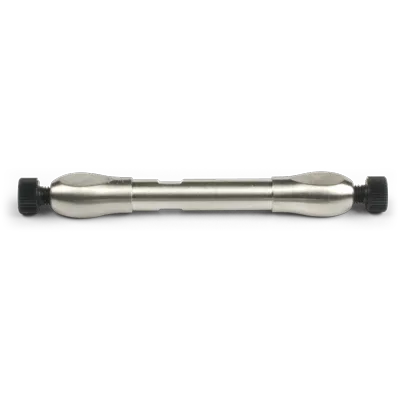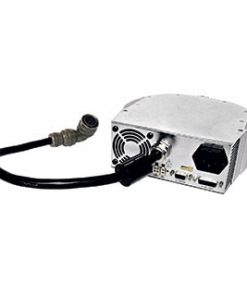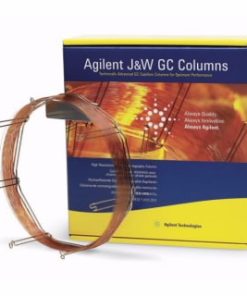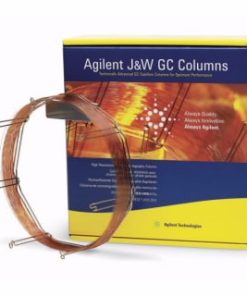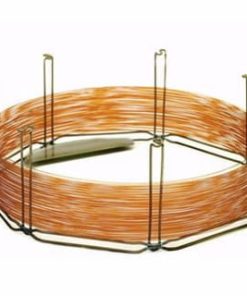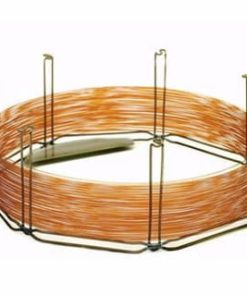Kinetex 5 µm F5 100 Å, LC Column 50 x 2.1 mm, Ea
Бренд: Phenomenex
«`html
F5 — A Novel Selectivity For Tough Separations
This pentafluorophenyl propyl column provides a very high degree of steric selectivity to separate structural isomers. The electronegative fluorine groups offer high selectivity for cationic compounds.
Dependable F5 Selectivity
While older pentafluorophenyl phases (PFP, PFPP, F5, etc.) are based on existing bonding techniques and technologies that promote irreproducibility. The Kinetex F5 was meticulously designed by Phenomenex R&D and its customers, to provide consistently accurate and high performance results.
| Columns: Kinetex 2.6 µm F5 Ascentis Express 2.7 µm F5 |
| Dimension: 50 x 4.6 mm |
| Mobile Phase: A: Water with 0.1% Formic Acid B: Acetonitrile with 0.1% Formic Acid |
| Gradient: 5-95 % B over 5 minutes |
| Flow Rate: 1.85 mL/min |
| Temperature: Ambient |
| Detection: UV @ 254 nm |
| Sample: 1. Uracil 2. Pindolol 3. Chlorpheniramine 4. Nortriptyline 5. 3-Methyl-4-Nitrobenzoic acid 6. 5-Methyl Salicyl Aldehyde 7. Hexaphenone |
Take Advantage of Multiple Interactive Mechanisms
The multiple interactive mechanisms of the Kinetex F5 (pentafluorophenyl ) column successfully separate methoxybenzene isomers, while the Kinetex C18 column, which has minimal bonding interactions, cannot separate the methoxybenzene isomers. This demonstrates that columns that rely primarily on hydrophobic interactions may not be the first choice for the separation of isomeric compounds and a column with multiple interactive mechanisms may be required.
| Columns: Kinetex 2.6 µm F5 Kinetex 2.6 µm C18 |
| Dimension: 150 x 4.6 mm |
| Mobile Phase: A: Water with 0.1 % TFA (Trifluoroacetic acid) B: Acetonitrile |
| Isocratic: A/B (65:35) |
| Flow Rate: 1 mL/min |
| Temperature: Ambient |
| Detection: UV @ 254 nm |
| Sample: 1. 1,2,3-Trimethoxybenzene 2. 1,2-Dimethoxybenzene 3. 1,2,4-Trimethoxybenzene 4. 1,4-Dimethoxybenzene 5. Methoxybenzene 6. 1,3-Dimethoxybenzene |
«`



